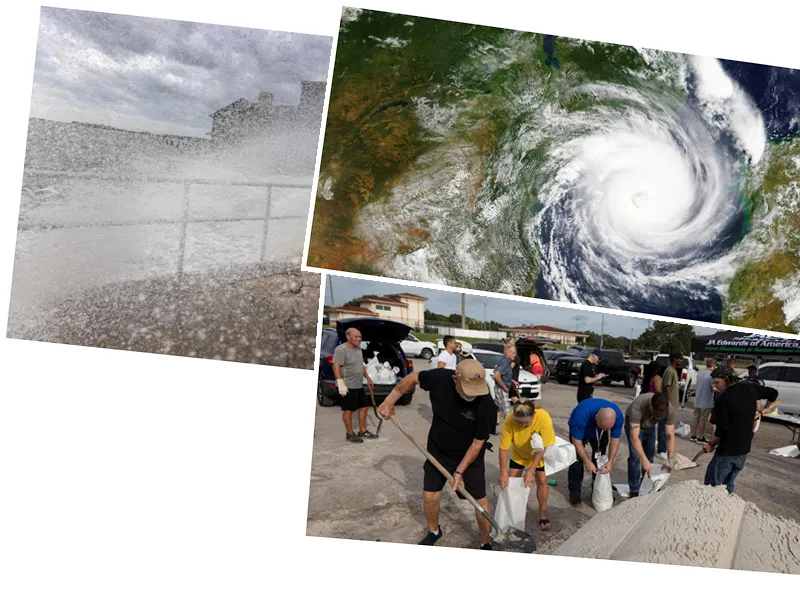Severe storms have been wreaking havoc across Europe, with Italy and France experiencing significant damage due to extreme weather conditions. In Italy, several regions have faced heavy rain, thunderstorms, and hailstones as large as billiard balls. The storms have led to flooding, landslides, and considerable damage to infrastructure.
In Milan, a brief but intense hailstorm caused significant damage to roofs, cars, and windows. The Piedmont region experienced landslides, while fallen trees disrupted road and rail traffic. In Trentino, emergency services received 250 calls related to the storm. Lake Como also overflowed its banks, causing road closures and pollution in the water.
The Veneto region was severely affected, with videos showing heavy rain, gusts of wind, and falling trees. A landslide occurred in Val di Zoldo, and a supercell was identified as a major cause of the extreme weather. South Tyrol also suffered, with streets flooded, buildings damaged, and a mudslide hitting a hotel.
France has not been spared either, with storms causing damage in several regions. Aveyron experienced torrents in the streets of Decazeville due to hail and heavy rain. Hundreds of homes lost electricity, and significant rainfall led to flooding in areas like Loches in Indre-et-Loire. The storms also caused damage to crops and vegetation.
In Yonne, the Sens sector was particularly affected, with many trees uprooted and nearly 1,900 homes losing power. The south of Touraine faced significant flooding, and firefighters had to intervene multiple times. In Dordogne and Gironde, trees fell on roads, and hail damaged cars, buildings, and crops.
Hailstones exceeding 5 cm in diameter were reported in regions like Hautes-Pyrénées, causing extensive damage to vehicles and infrastructure. The storms continued to affect parts of France, with several departments placed on orange alert and a vast yellow vigilance in force.
- The extreme weather events in Italy and France highlight the increasing unpredictability of weather patterns in Europe. Meteorologists have pointed to phenomena like supercells as contributing factors to these severe storms.
- In both countries, emergency services have been working tirelessly to manage the aftermath of the storms, including clearing debris, restoring power, and assisting affected residents. The long-term impacts on agriculture and local economies are yet to be fully assessed, but the immediate damage is evident in the destruction of crops, infrastructure, and property.
- Residents in the affected regions are urged to stay informed about weather updates and take necessary precautions to ensure their safety. The recent events underscore the importance of preparedness and resilience in the face of increasingly frequent and severe weather events.






